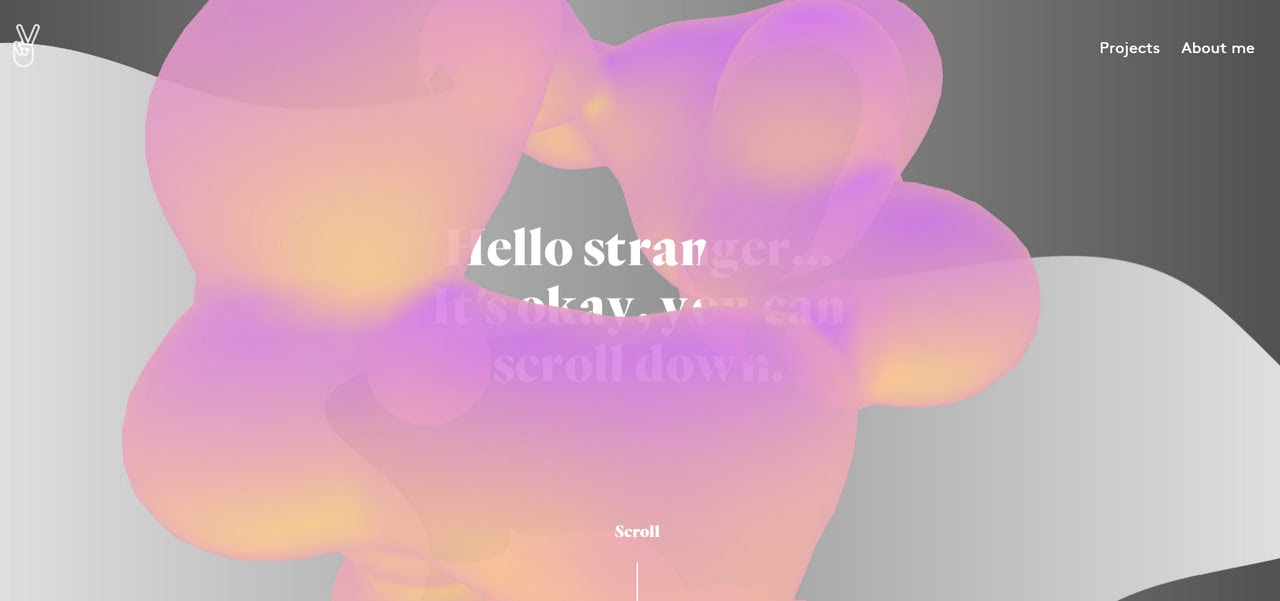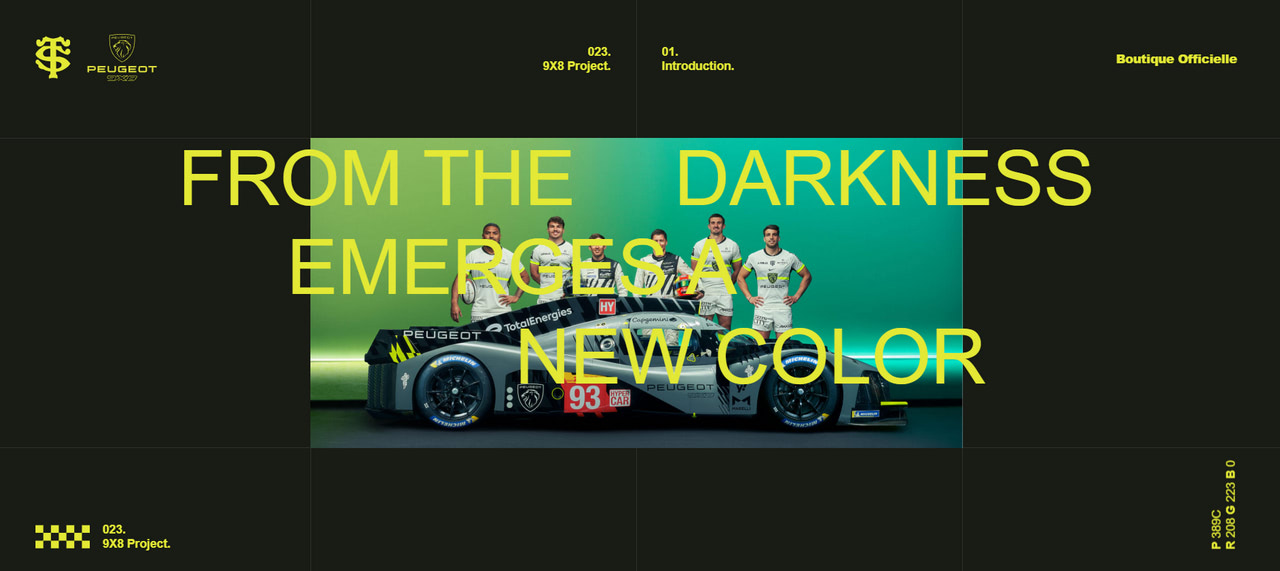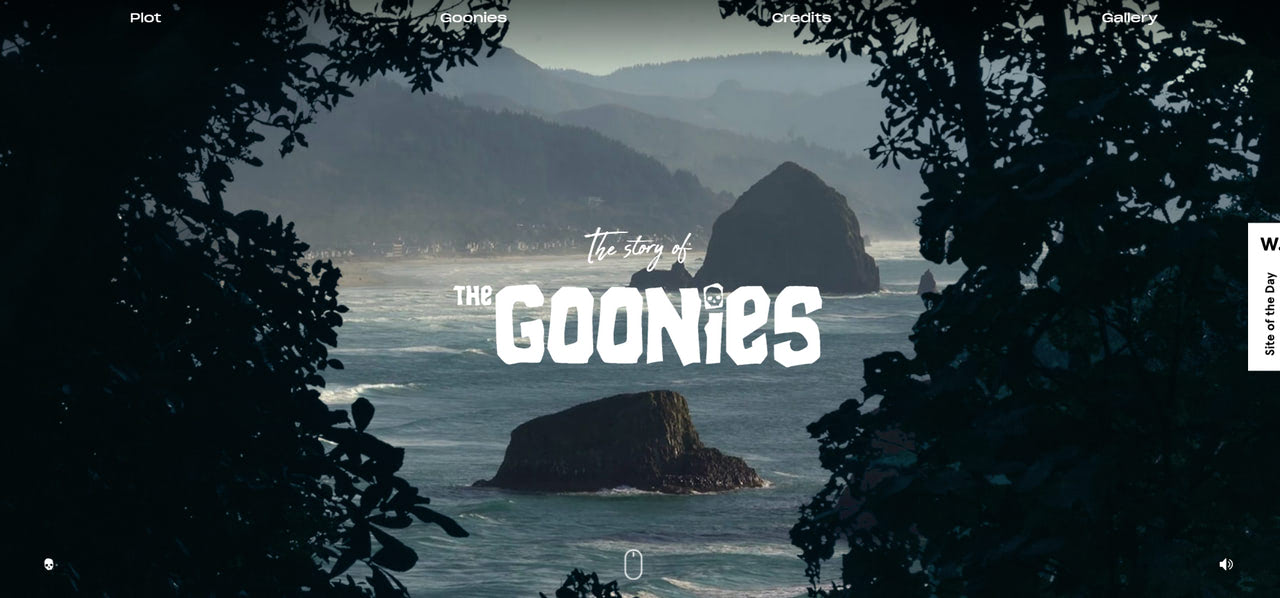
Designmodo has made its predictions of the top web design trends for 2024, building on its predictions for 2023 that were made a year ago. Something that began to gain traction in 2023 was the combination of text and motion – things like moving text layers on top of videos, and carefully scattered letters – and it expects this to blow up more heavily this year.
Another 2023 trend was the use of cartoon-like characters, often with flat, modern designs, and powered by motions and more dynamic effects. Designmodo predicts more of this for 2024, but with AI-inspired models. (Want to start building? Check out the best web design tools available now.)
AI is huge right now, and it’s difficult to go too long without hearing about it. So, it’s expected to become a huge web design trend in 2024. More designers are looking towards AI, just as more clients want it. It’s likely that more and more websites will have AI assistants, while AI-generated imagery is expected to become more widespread. There could also be the rise of no-code web design tools, which will make it easier for brands to create websites.
Boxed navigation is another 2023 trend that might be seen more in 2024, as it becomes increasingly important given the sheer wealth of information users are faced with on websites. In particular, smooth card layouts with curved edges are expected to dominate in the coming year.
Interestingly, Designmodo predicts techno and sci-fi elements to be a popular trend in web design this year. This will help brands make websites appear more futuristic and high-tech, particularly in the world of things like cryptocurrency, VR, and biometric authentication.
The sort of things that might become more popular this year include neon colours, impressive animations, futuristic designs and typography, and robot or sci-fi-inspired characters.
Along the same lines, interactivity and motion effects are expected to trend in 2024. Together, they can help with engagement, attention, conversion rates and revenue, and can help brands build stronger relationships with consumers. This trend can range from small interactions affecting things like typography and icons to more comprehensive, immersive web experiences.

And what about Y2K? You may have noticed the popularity of the Y2K aesthetic over the last year or two, with many of us feeling nostalgic for the late 1990s and the turn of the millennium. But it’s set to continue into 2024, with many brands and designers tapping into retro-futurism and things like geometric shapes and abstract patterns to put a fresh spin on popular trends from the era.
After minimalism has reigned supreme for the best part of a decade, digital maximalism may well be back, too. Yes, sometimes less can be more, but there’s also no harm in letting creativity and imagination take centre stage, with things like bold colour schemes, chaotic moving objects, and scrawled lettering. And, digital maximalism works well with things like motion effects and parallax scrolling, too.
Parallax scrolling is also thought to be a huge web design trend for 2024. While it’s not something new, as such, the way it excited designers and keeps clients and consumers happy suggests that it’s here to stay. It’s well-suited to animations and storytelling, but it comes with a caveat, says Designmodo.

Too much in the way of parallax effects could make users feel nauseous, and it can take much longer to scroll on a mobile device than on a desktop or laptop computer, so it’s worth keeping the balance right.
In terms of typography, kinetic typography is expected to be one of the main trends this year. Animated text is something that engages and excites, and it’s expected that web designers will integrate it with other elements of design for a more immersive experience.
Finally, teleprompter typography is another trend that Designmodo predicts to gain traction in 2024. Here, chunks of text get revealed step-by-step, going from light to black as the user scrolls down. It tends to be better suited to brands who prefer their websites to focus on the visuals, as it helps users to focus more on the imagery than the text.







